
- understanding-mountain-biking-in-us-national-parks
- moab-and-arches-national-park
- grand-teton-national-park-trails-and-terrain
- olympic-national-park-diverse-landscapes
- mammoth-cave-national-park-hidden-gems-for-bikers
- cuyahoga-valley-national-park-bike-friendly-features
- kodiak-island-alaska-and-wrangell-st-elias-wild-routes
- choosing-the-right-national-park-for-your-riding-style
- real-rider-stories-and-park-experiences
- gear-up-smart-what-to-pack-for-park-biking
- find-your-gear-at-cycling-guider
1. Understanding Mountain Biking in US National Parks
When it comes to scenic mountain biking adventures, the US is blessed with a vast network of national parks that offer unforgettable terrain, from alpine trails to desert singletracks. However, not all parks allow mountain biking inside park boundaries—so knowing the best US national parks for mountain biking means balancing legal access, trail quality, and pure riding pleasure.
2. Moab and Arches National Park
2.1 Slickrock Heaven Near Arches
Though Arches National Park itself has limited biking trails, the surrounding Moab area offers legendary slickrock experiences. Trails like Porcupine Rim and the Slickrock Bike Trail lie just outside park lines but provide incredible views of the park’s red sandstone formations.
2.2 Why Moab Is a Mecca
Mountain bikers from around the world gather here year-round. A local rider named Jesse described his sunrise ride along Porcupine Rim as “the most spiritual descent of his life”—testimony to Moab's unmatched terrain.
3. Grand Teton National Park: Trails and Terrain
3.1 Pathways with Iconic Views
While backcountry biking in the park is restricted, the Grand Teton Pathway and adjacent trails offer smooth, scenic riding against the backdrop of rugged mountains. It’s ideal for riders who want breathtaking landscapes without too much technical demand.
3.2 Local Tips for the Teton Area
The nearby Cache Creek area in Jackson adds trail variety for more experienced bikers. For gear rentals or custom ride planning, Cycling Guider features vetted local partners.
4. Olympic National Park: Diverse Landscapes
4.1 Riding Between Rainforest and Ridge
Olympic is one of the few national parks with legal biking access on certain trails and old logging roads. The Mount Muller Trail and Spruce Railroad Trail give riders access to rainforest and coastal views—all in one ride.
4.2 Personal Experience: From Coast to Crest
Samantha, a Seattle-based rider, said biking the Spruce Railroad Trail beside Lake Crescent was “like pedaling through a Pacific Northwest fantasy.” Few parks offer such diversity in a single day.
5. Mammoth Cave National Park: Hidden Gems for Bikers
5.1 Mammoth Cave Railroad Bike & Hike Trail
Don’t overlook Kentucky when thinking mountain biking. The Mammoth Cave Railroad Trail is a scenic, well-maintained gravel path with shaded stretches and moderate elevation—perfect for beginners or those biking with family.
5.2 Smooth Rides and Quiet Forests
This park may lack the extreme altitude changes, but it’s a dream for riders who prefer quiet, tree-lined trails. Great for building stamina or enjoying a casual cruise.
6. Cuyahoga Valley National Park: Bike-Friendly Features
6.1 The Towpath Trail and Beyond
Located in Ohio, Cuyahoga Valley’s Towpath Trail follows a historic canal route. The park is surprisingly accessible for bikers, offering well-paved and crushed limestone paths alongside waterways and through forest corridors.
6.2 All Skill Levels Welcome
Whether you’re a beginner or seasoned biker recovering from a more intense trail, this park offers the relaxation and terrain variety many cyclists crave. Bike service stations and maps are conveniently placed throughout.
7. Kodiak Island, Alaska and Wrangell–St. Elias: Wild Routes
7.1 For the Truly Adventurous
Wrangell–St. Elias, America’s largest national park, offers rugged mining roads that challenge even the most seasoned bikers. There are no groomed paths here—just raw wilderness and views that leave you speechless.
7.2 Alaska’s Island Ride
Kodiak Island is technically a national wildlife refuge, but for the bold rider, its mountain trails are unmatched in wild beauty. Wildlife encounters here are part of the adventure—bald eagles overhead and bison tracks under your tires.
8. Choosing the Right National Park for Your Riding Style
8.1 Match Terrain to Skill
Are you into high-speed descents or scenic gravel grinds? Choosing the best national park for mountain biking depends on your riding goals. Beginners should aim for parks like Mammoth Cave or Cuyahoga Valley, while thrill-seekers will feel at home in Moab or Wrangell–St. Elias.
8.2 Consider Travel Logistics
Think about trail access, nearby towns, and facilities like bike repair shops. That’s why we always suggest checking resources and trail guides through Cycling Guider—so you ride prepared.
9. Real Rider Stories and Park Experiences
From a retired couple road-tripping through the Rockies to a college biking club taking on Olympic's rainforests, stories from fellow riders shape how we view each park. Sharing trail encounters and surprises—like that time a herd of elk blocked the trail in Grand Teton—adds layers of excitement to your trip planning.
10. Gear Up Smart: What to Pack for Park Biking
Always bring a hydration pack, a multitool, spare tubes, bear spray (for Alaska or Yellowstone areas), and a trail map. Layered clothing and a helmet with good ventilation are must-haves. Don’t forget sunscreen—even in cloudy mountain zones, UV rays are stronger at elevation.
11. Find Your Gear at Cycling Guider
Not sure which tires are best for rocky terrain? Need a GPS tracker with national park trail integration? At Cycling Guider, we’ve tested and reviewed top gear for every type of mountain biker—from beginner to expert. Explore guides and expert picks to ride smarter, safer, and farther.


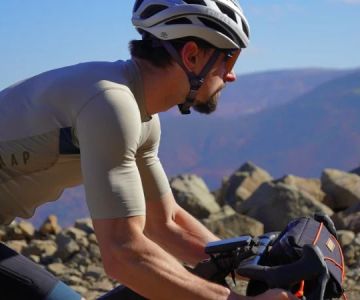
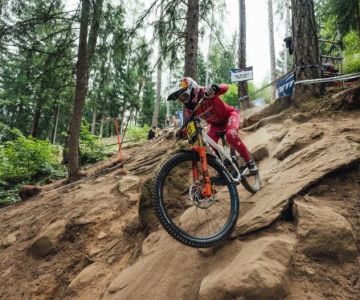
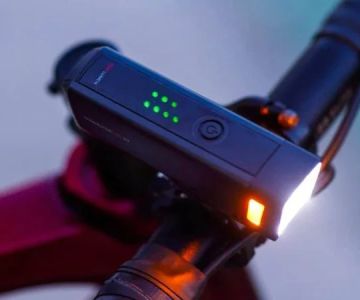
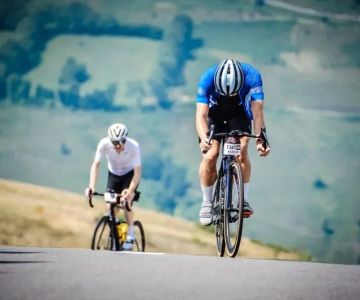
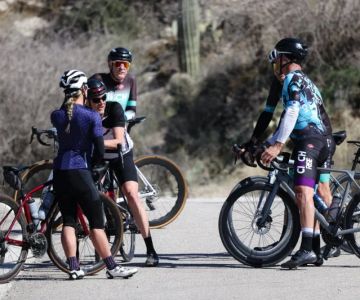
 Billet BMX5.0 (2 reviews)
Billet BMX5.0 (2 reviews)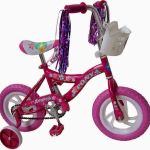 Far East Children Bicycle Factory1.0 (1 reviews)
Far East Children Bicycle Factory1.0 (1 reviews) Archer Motorsports, Inc.4.0 (8 reviews)
Archer Motorsports, Inc.4.0 (8 reviews) YEP Bike Works4.0 (55 reviews)
YEP Bike Works4.0 (55 reviews) Gorham Bike & Ski4.0 (498 reviews)
Gorham Bike & Ski4.0 (498 reviews)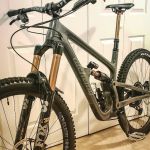 Alchemy Bikes4.0 (37 reviews)
Alchemy Bikes4.0 (37 reviews) How to Teach Kids to Ride a Bike: A Step-by-Step Guide for Parents
How to Teach Kids to Ride a Bike: A Step-by-Step Guide for Parents Tips for Riding on Busy City Streets: Smart Strategies for Urban Cyclists
Tips for Riding on Busy City Streets: Smart Strategies for Urban Cyclists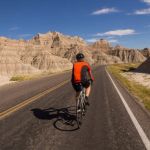 Best US National Parks for Mountain Biking: Ride Epic Trails Across America
Best US National Parks for Mountain Biking: Ride Epic Trails Across America Best Aero Helmets for Time Trials and Racing
Best Aero Helmets for Time Trials and Racing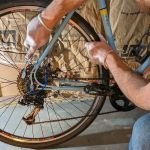 How to Clean and Lubricate Your Bike Chain Like a Pro
How to Clean and Lubricate Your Bike Chain Like a Pro 10 Must-Have Items for Long-Distance Cycling Trips
10 Must-Have Items for Long-Distance Cycling Trips